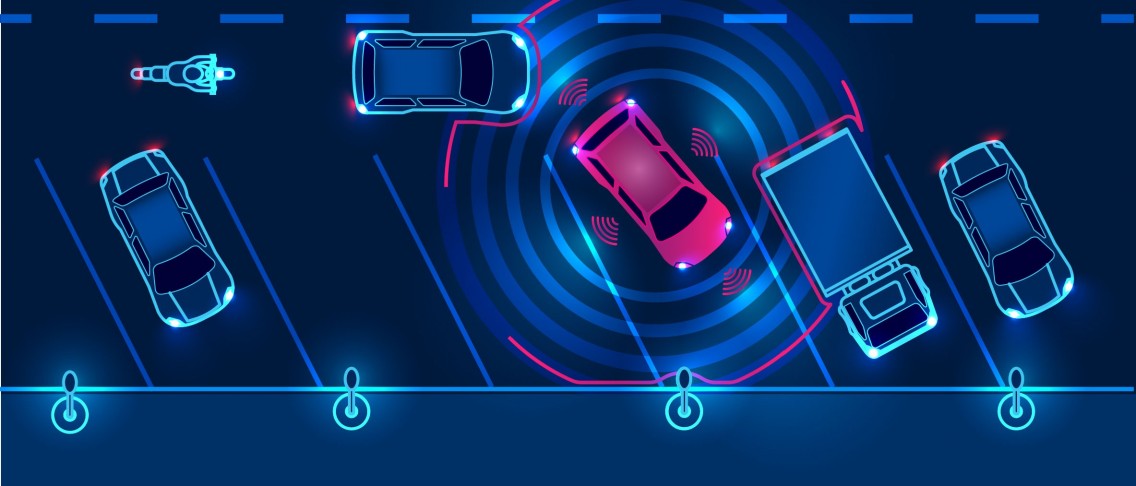
focus on archive
Smart mobility: how it will be to move in Smart Cities?
The ways of moving within cities are changing thanks to technology. This means lower level of stress for motorists but also an improvement in the quality of life in the urban environment.
The increase in inhabitants of a city inevitably brings with it at least four problems linked to mobility: environmental impact, noise pollution, security of citizens and traffic.
It can therefore be said that a mobility that is defined as SMART consists of a series of actions aimed at countering these effects.
The main solution adopted so far by the municipalities to manage these dynamics, linked above all to the circulation of private vehicles, has been the implementation of the road network, public transport or sharing services, signage, limited traffic areas and parking lots.
The Smart Mobility, however, goes beyond this concept: the citizen must be put in a position to ascertain the convenience of using his car as little as possible and, if he is forced to do so, he must have a large amount of information available to help him move in the environment saving time and simplifying his life as a motorist.
The development of IoT devices already allows you to view on your smartphone or car navigator a real time map that updates us on traffic conditions.
The implementation of V2I technology (Vehicle-to-infrastructure technology) will soon also make it possible to indicate to the driver not only where traffic is congested but also where to find free parking.
Through a sensor integrated in the parking space it will be possible to detect availability, sending the signal to the network that processes the map of vacancies and supply it directly to the driver.
Soon we could go even further with Vehicle-to-vehicle (V2V) technology, equipping vehicles with sensors to communicate with others on the road and with the surrounding environment.
Major players such as Google and Tesla are moving in this direction and in recent years have developed assisted driving and autonomous driving systems but, as the tests have demonstrated, this technology still requires time and experimentation before being applied in the real world due to the great mass of data that needs to be processed by the vehicle in real time.
But the issue of mobility is not just about how the vehicles will interact with each other and with the environment but also how these vehicles will be powered.
Due to the awareness on environmental issues, electric mobility has grown considerably in recent years; since 2013 the number of E.V. (Electric Vehicle) has increased sixfold, since 2015 the number of cars sold has doubled, totaling 2.1 units sold in 2018 (2.3% increase compared to 2017).
The goal that the EU has set is to reach 2.8 million charging stations by 2030. The adoption of electric vehicles in Europe is therefore confirmed as one of the main strategies to be applied in densely populated urban contexts, to respond to environmental pollution due to high CO2 emissions.
The diffusion of this new type of mobility, however, requires an effective strategy in the distribution of recharge points and an intelligent management of the same.
Today the recharge of electric batteries is mainly entrusted to domestic recharging stations or public recharging stations but there is still talk of very low numbers, just think that in Europe about 144,000 public recharging points are installed but of these only 4000 are in Italy.
The charging network of electric vehicles require the management of charge points in relation to the state of charge of the circulating vehicles, a complexity that however could be well addressed within a Smart City using the big data and V2I resources we talked about earlier.
Even if the adoption of this sustainable model still requires a lot of effort to be applied on a large scale, there are already some interesting examples like the case of Verona, where street lamps have been installed that can provide not only lighting but also provide recharging for your EV and can be accessed by booking via the App.
Fonts
https://www.wallstreetitalia.com/le-auto-elettriche-mettono-allindice-le-auto-tradizionali/
http://www.hdmotori.it/2019/01/24/pali-luce-ricarica-auto-elettriche-22-kw-verona-vw/
https://www.telecomitalia.com/tit/it/notiziariotecnico/edizioni-2018/n-3-2018/capitolo-2.html
https://www.peopleforplanet.it/meno-traffico-grazie-a-droni-sensori-e-auto-intelligenti/
https://www.elmat.com/blog/iot-per-le-smart-cities/
Electric cities, the first dossier on zero-emission mobility in Italy, created by Legambiente in collaboration with MotusE (association for electric mobility)







